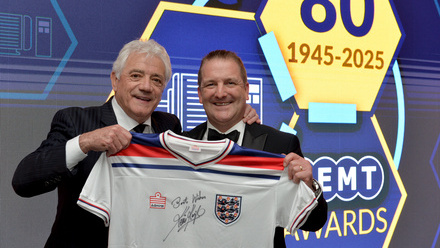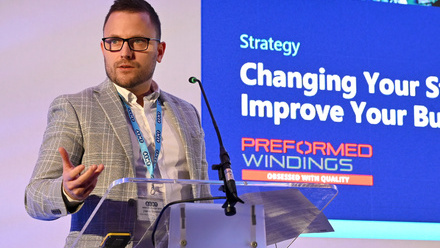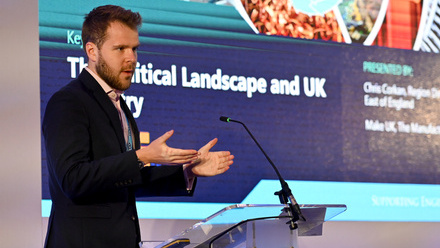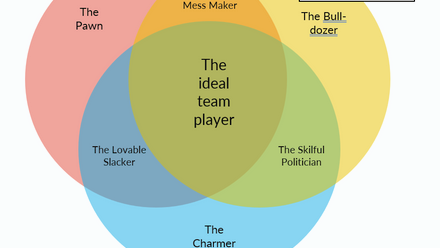Journey to Leadership Excellence

From Controller to Coach - Recognising Individual Strengths and Weaknesses
The initial step is moving away from siloed management and individual assessments towards understanding the unique strengths and weaknesses within your team. This phase is about challenging existing notions and focusing on collaborative team dynamics rather than individual performances.
Embracing the Role of a Coach - Fostering Team Independence
Once you recognise the diverse capabilities of your team, the next stage involves coaching them towards shared objectives and conflict resolution. It's about high involvement in team activities, promoting group problem-solving, and recognising the team's efforts collectively rather than individually.
Transitioning to Facilitator - Encouraging Team Interdependence
As a facilitator, your role further evolves to support the team in achieving its goals independently. This includes cascading coaching practices down the line, ensuring sustainability in problem-solving, and focusing on the long-term vision rather than just immediate goals.
Becoming a Supporter - Sustaining High Performance
In this stage, leadership means embedding lean practices across all functions and ensuring the team's performance remains high without constant leadership intervention. It's about supporting a culture where problems are solved at the grassroots level, and sustainability is a key focus.
The Strategic Leader - Focusing on Organisational Strategy and Culture
The culmination of this journey is becoming a leader who focuses on strategic direction and auditing, ensuring the organisation's culture remains aligned with its long-term goals. This stage is about developing more leaders within the business, fostering a high-performing team culture that is aligned with the organisation's vision.
Conclusion
The transition from a controlling manager to an empowering leader is a journey of self-discovery and team development. By moving through the stages of controller, coach, facilitator, supporter, and finally, a strategic leader, you can create an environment that fosters independence, interdependence, and high performance. Remember, the ultimate goal of leadership is not just to lead but to create more leaders within your organisation.





